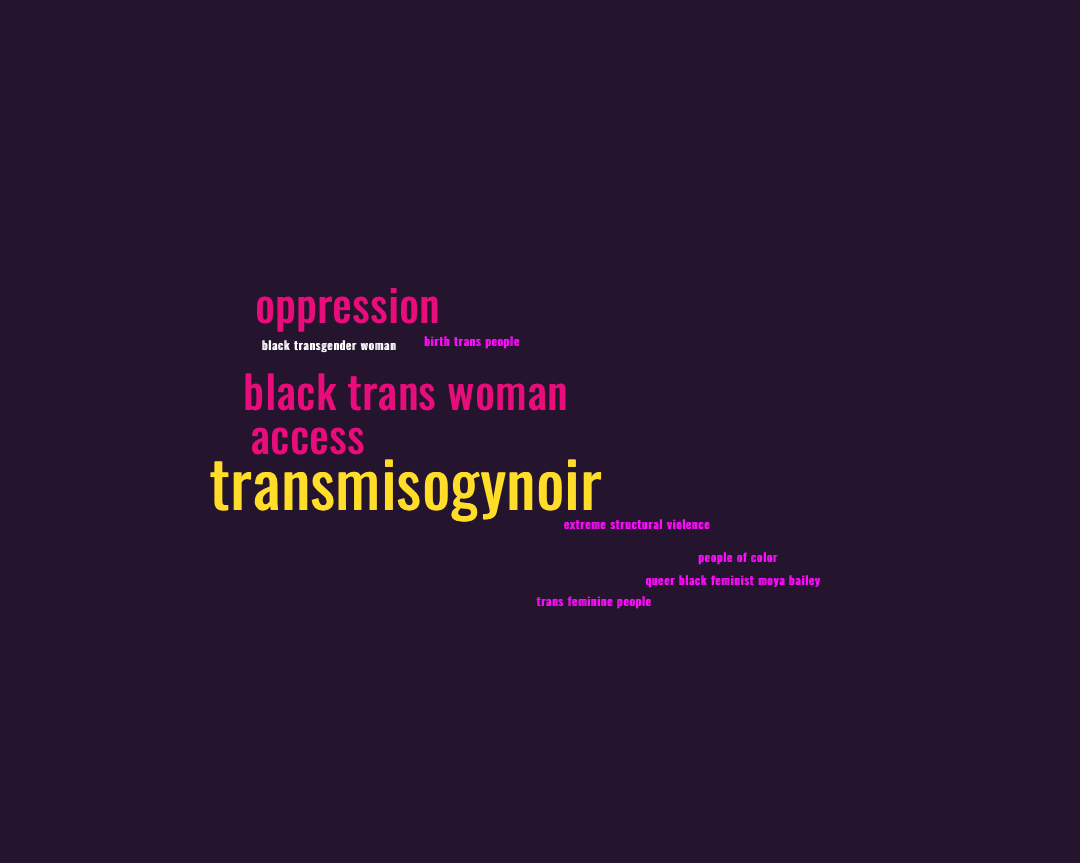What Are Asylum Morality Police?

Who are the Victims of Morality Policing?
The victims of the Asylum Morality Police are usually gender non-conforming individuals (e.g., transgender persons), women, children, and outcasts. Outcasts are especially vulnerable because they are alone and are less likely to be believed in a conformist society.
What are Behaviours of the Asylum Morality Police?
In many European countries, morality police roam the streets looking for violators. They compel women to submit to arbitrary and humiliating searches, ‘‘virginity checks,’’ and harass members of the Lesbian, Gay, Bisexual, and Transgender (LGBT) community. While violators are beaten or even stoned to death in Islam, the behaviours of the Asylum Morality Police in Europe, specifically in the Republic of Ireland, are more covert and consist of:
- Character assassinations;
- Rumours;
- Sexual harassment (which may lead to sexual assault);
- Isolation of the Victim;
- Hacking and Doxxing;
- Undermining the victim’s support structures;
- Using sensitive information about the target to exact social control and to push those they dislike outside the community;
- Manipulation in effort to extort (as mentioned, the Asylum Morality Police are good at exposing sensitive details about asylum seekers and other people which may include their past mistakes or confidential information within their asylum profiles, so as to seek compliance or coerce).
It is worth mentioning that the Asylum Morality Police are very envious of other people’s ability to march to their own drum, climaxing upon a point of hostility. When another person enjoys a relative advantage in an important domain of life, a blend of negative feelings characteristic of envy often naturally follows (Psychology, n.d.)(2). The Asylum Morality Police’s envy breeds a competitive desire to outdo and even bring the envied person down. See also Hisba by Pressure.
To find out more about asylum morality policing in the Republic of Ireland, please read Out of the Miqlaatun Into the Fire: The Shariazation of Ireland’s Direct Provision Institution and its Impact on Transgender Asylum Seekers below.


